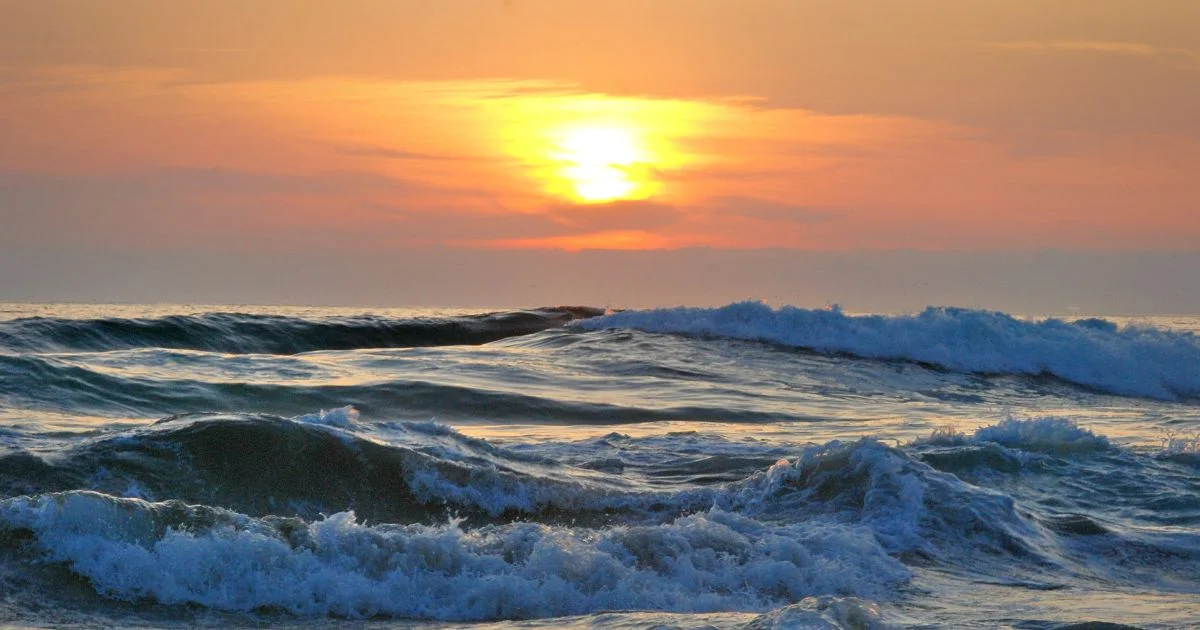Ocean photography represents a unique method of the sea’s magnificent and storming display. The ocean bowls are great to photograph and have features such as the waves breaking on the shore, exotic marine life, or the setting sun over the line. This guide encompasses all aspects that will help you take beautiful ocean pictures. For a moment, let yourself imagine how you are on the seashore, with the wind blowing your hair and an endless strip of sea in front of you. It is a second narrative, the plot of which has enchanted people for hundreds of years.
In this article, the readers will learn about the thrilling story of ocean photography including the methods, tools, obstacles, and the effect of such photographs on art and ocean protection.
What is Ocean Photography?
Ocean photography is the act of photography that focuses on the beauty of the ocean and its force. Waves, marine animals, sunrises, and the beach are everyday photography items. This type of photography needs some time as the sea is never the same, and anything can happen. At other times, photographers go underwater to take beautiful pictures of fish, coral reefs, and aqua animals. The ocean captures our attention and makes us feel how big and unknown the sea is. It also makes us reflect on the preservation of the oceans and all the sea animals.
What Equipment do I need for Ocean Photography?
Ocean photography is a real fun for me! If you want to preserve the beauty of the sea, you will need some effective equipment. Here below is the list of equipment that is vital when doing ocean Photography:
1. Camera
A good camera is the central and primary component of your equipment. They suggest you use a DSLR or a mirrorless camera. These cameras allow the control of other aspects, such as shutter speed and aperture, which enables the shooting of beautiful ocean scenes. They also afford the capacity to exchange lenses, which is vital in making shots.
2. Lenses
One extremely relevant gear for ocean photography is lenses. This is particularly useful when taking broad shots of the sea and the coastline. A telephoto lens is ideal if you want to capture a wave or a sea beast on the lens. A macro lens is helpful if you wish to capture images of shells or seaweed where even the most minor details need to be captured.
3. Tripod
A tripod supports your camera, especially when there is a lot of wind, or you are using big glass. This item is crucial when taking shots requiring prolonged exposure to waves or clouds. The stanchion is the most appropriate mount for the beach because the sand cannot easily knock it over.
4. Filters
Filters can be compared to sunglasses for the camera because they can also improve or distort an image. Crystal clear water and bluer sky are due to using a polarizing filter that cuts glare from the water’s surface. A neutral density (ND) filter is useful when shooting with extended daytime exposure. It allows you to reduce the value of shutter speed without making the picture brighter.
5. Essential Accessories
Here are some things you will require as additional equipment to help you make your ocean photography effortless. An SPL water-proof camera bag protects your arsenal from dew. Backup batteries and memory cards are a must because the last thing you need is to run out of battery or disk space halfway through the shooting. Cleaning is also required to keep your lenses and camera domains from sand and saltwater.
Final Words
Ocean photography is a unique blend of adventure and artistry. It’s not just about donning a wetsuit, hopping on a jet ski, and risking your camera in the ocean. However, if you’re daring enough, you could capture some truly breathtaking shots from the sea.
With the right equipment and necessary safeguards, and by following the tips stated above, one can get a taste of it. Also, practicing this type of photography will enhance your photography skills.
Ocean photography looks exciting and can be added to one’s list of specialties in photography. If you have any questions about this or how to approach any photography, just post them in the comment section below, and I will be glad to get back to you.
For a start, set the shutter speed to 1/4 to 1 second. This will enable the camera to focus on the motion of waves and, with softness, reduce sharp outlines and the water’s choppiness.

Karen Altizer is a seasoned professional with a wealth of expertise in marketing and communications, adept at crafting compelling narratives and strategic messages tailored to various stakeholders.

